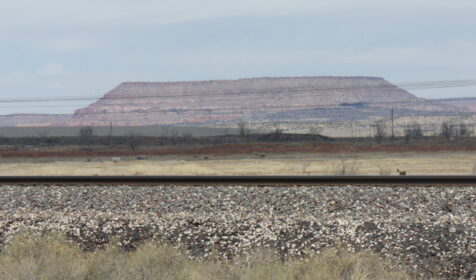Freight Rail Drives Centennial State Economy
Railroads and Colorado grew up together – literally – as towns, cities and businesses sprouted and thrived along the first railroads. Today, the rail system that was so instrumental in Colorado’s early development has evolved as a prime economic driver in the movement of freight to, from and through the state.
Colorado’s 14 freight railroads operate over 2,541 miles of track and employ 1,770 in the Centennial State.* It would have taken approximately 6.6 million additional trucks to handle the 118.6 million tons of freight that started, ended, or moved through Colorado in 2023. Moving freight by rail prevented 2.47 million tons of greenhouse gas emissions, the equivalent of taking 483,000 cars off the road or planting 37.4 million trees. Coal and glass and stone comprises the majority of freight rail shipments beginning in Colorado and intermodal is the largest import to the state.
*2023 data























